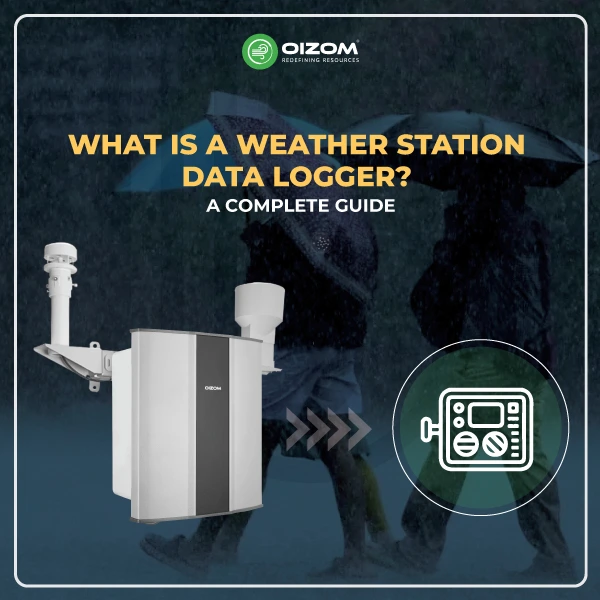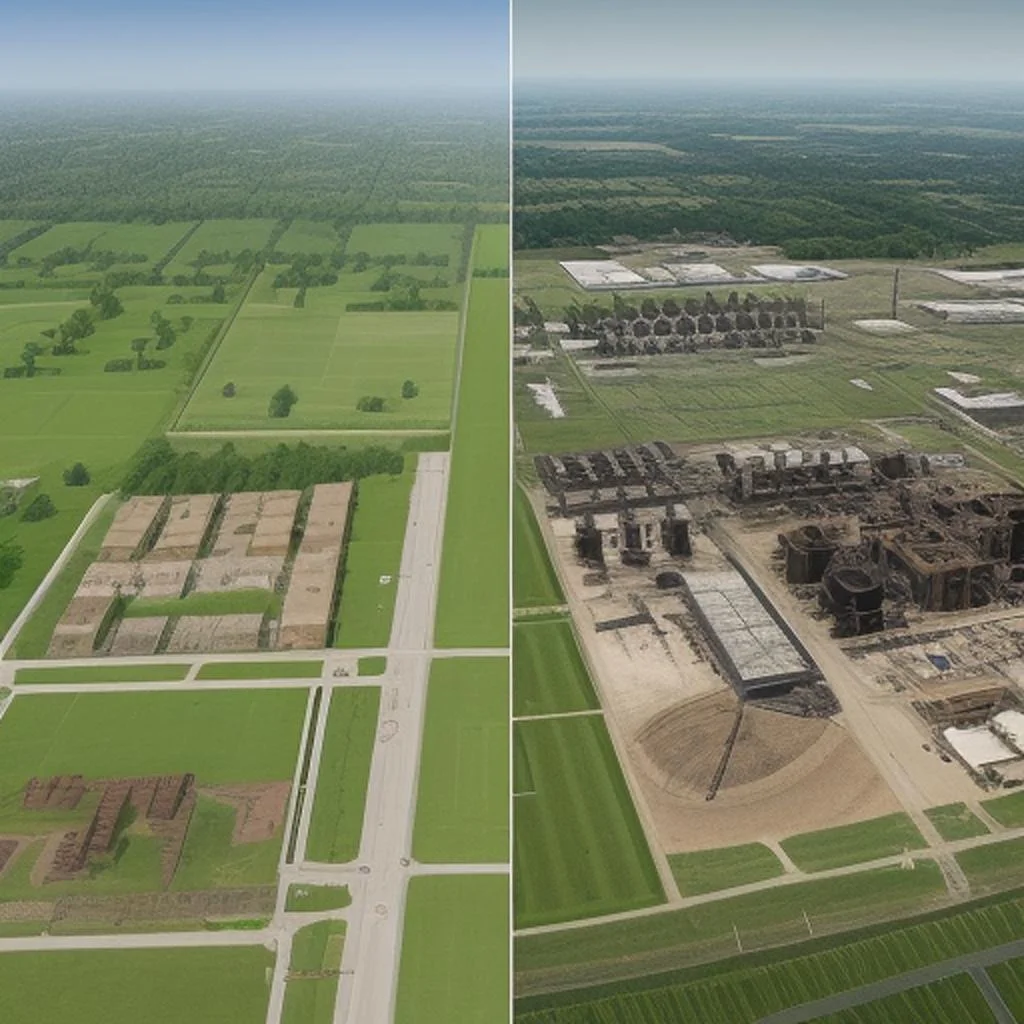Every day, we consume more than 10,000 litres of air without much thought. However, the quality of this air has profound implications for our health and well-being. Air pollution, particularly outdoors, is a growing global environmental crisis that poses a grave threat to human health. It is not confined to a specific region or a type of country; it pervades the skies of both developed and developing nations, with severe consequences. This pressing issue mandates immediate action and robust mitigation measures to reduce the harm caused to us and the environment.
At Oizom, we strive to combat this issue by providing advanced and accurate air quality monitoring solutions so that you can be aware of the air you breathe and take appropriate measures to safeguard your health.
Causes of Outdoor Air Pollution
Gaining a comprehensive understanding of the causes of air pollution is fundamental to framing effective strategies to curb it. Major sources of air pollution can be broadly divided into natural and anthropogenic or man-made sources.
Natural Sources
Natural sources of air pollution are usually elements intrinsic to our environment. These include dust and pollen, which are common allergens, volcanic activities, which release large amounts of ash, sulphur compounds, along with forest fires, which generate smoke and other particulates.
While the contribution from these sources is significant, their occurrence is less within human control. Nevertheless, monitoring their levels and understanding their impact on overall air quality is crucial in preparing and alerting communities in times of severe pollution episodes.
Unnatural Sources
The majority of air pollution, however, arises from unnatural or anthropogenic sources. These include emissions from vehicles, which are a major source of nitrogen oxides and particulate matter; industrial emissions, which release a plethora of harmful pollutants, including sulphur dioxide, lead, and mercury; waste treatment and disposal activities; agricultural practices that cause dust and methane emissions; and power generation, particularly from coal-based plants,
which is a major source of sulphur dioxide and carbon dioxide. These activities result in the release of a host of harmful pollutants that significantly degrade the quality of air and pose risks to human health and the environment.
Effects of Outdoor Air Pollution
The harmful effects of outdoor air pollution are manifold and extend beyond merely impacting human health to posing threats to the environment as well.
Respiratory Health Issues
The immediate and most evident impact of air pollution is on respiratory health. Long-term exposure to polluted air can lead to a range of respiratory diseases like asthma, bronchitis, and chronic obstructive pulmonary disease (COPD). The pollutants, particularly particulate matter, when inhaled, can penetrate deep into the lungs, causing inflammation and exacerbating respiratory conditions.
Cardiovascular Problems
In addition to respiratory diseases, recent studies have established a strong link between exposure to air pollution and the development of cardiovascular diseases. Harmful pollutants, when inhaled, can make their way into the bloodstream, leading to increased blood pressure, heart attacks, stroke, and other heart diseases. Air pollution has, thus, been classified as a major risk factor for cardiovascular mortality.
Impact on Lung Development
Children, due to their developing organs and immune system, are particularly vulnerable to the harmful effects of air pollution. Chronic exposure during the formative years can interfere with lung development, potentially leading to reduced lung function and respiratory issues such as asthma later in life. This underlines the urgency of tackling air pollution to safeguard the future of the next generation.
Environmental Consequences
The repercussions of outdoor air pollution extend beyond human health, causing significant harm to our environment. Air pollution can lead to acid rain, which negatively affects soil and water bodies, leading to loss of biodiversity. The effects of air pollution on plants and animals are equally alarming, disrupting ecosystems, weakening plant health, and threatening wildlife populations. Additionally, certain air pollutants, particularly greenhouse gases like carbon dioxide and methane, contribute to global warming and climate change, whose impacts are wide-ranging and potentially catastrophic.
Control Measures for Outdoor Air Pollution
Addressing the issue of air pollution requires a multipronged strategy, encompassing individual actions, policy measures, and technological solutions.
On an individual level, we can contribute to reducing air pollution by adopting more sustainable practices like minimising energy consumption, opting for public transport or carpooling, recycling and reusing items, and conserving energy.
At an industrial level, enforcing stricter emission standards, investing in cleaner technologies and renewable sources of energy, and improving waste management practices are critical.
However, all these measures require robust data on air quality to be effective. Herein lies the significance of Oizom’s comprehensive air quality monitoring solutions. They provide accurate and real-time data on air quality, facilitating informed decision-making and effective implementation of pollution control measures.
Health Guidelines and Research
The World Health Organization (WHO) and other health bodies provide guidelines on safe levels of various air pollutants. Monitoring and ensuring compliance with these standards is vital to protecting public health.
Continuous research is also paramount in this field. It deepens our understanding of the long-term effects of air pollution, guides the development of advanced mitigation strategies, and informs policy decisions.
Resources and Tools
Possessing the right tools can significantly aid in taking proactive steps to combat air pollution. Oizom offers a comprehensive suite of Air Quality Monitoring devices, including Polludrone and Odosense. These devices utilise cutting-edge sensor technology and AI algorithms to provide precise and dependable air quality information in real-time.
Our online platform allows individuals, businesses, and governments to access this critical data in real-time, empowering them to make informed decisions to protect their health and environment.
Conclusion
Outdoor air pollution, an escalating global issue, has far-reaching implications for our health and the environment. From the alarming statistics in the most polluted cities in the world to the rising concerns in smaller towns, the need for proactive measures has never been more urgent. While the challenge may seem formidable, our collective potential for change is even greater. Armed with reliable air quality data provided by Oizom’s advanced monitoring solutions, each one of us can contribute to this battle against air pollution.
Stay informed about the air you breathe. Start monitoring with Oizom today. Contact us for more details.






